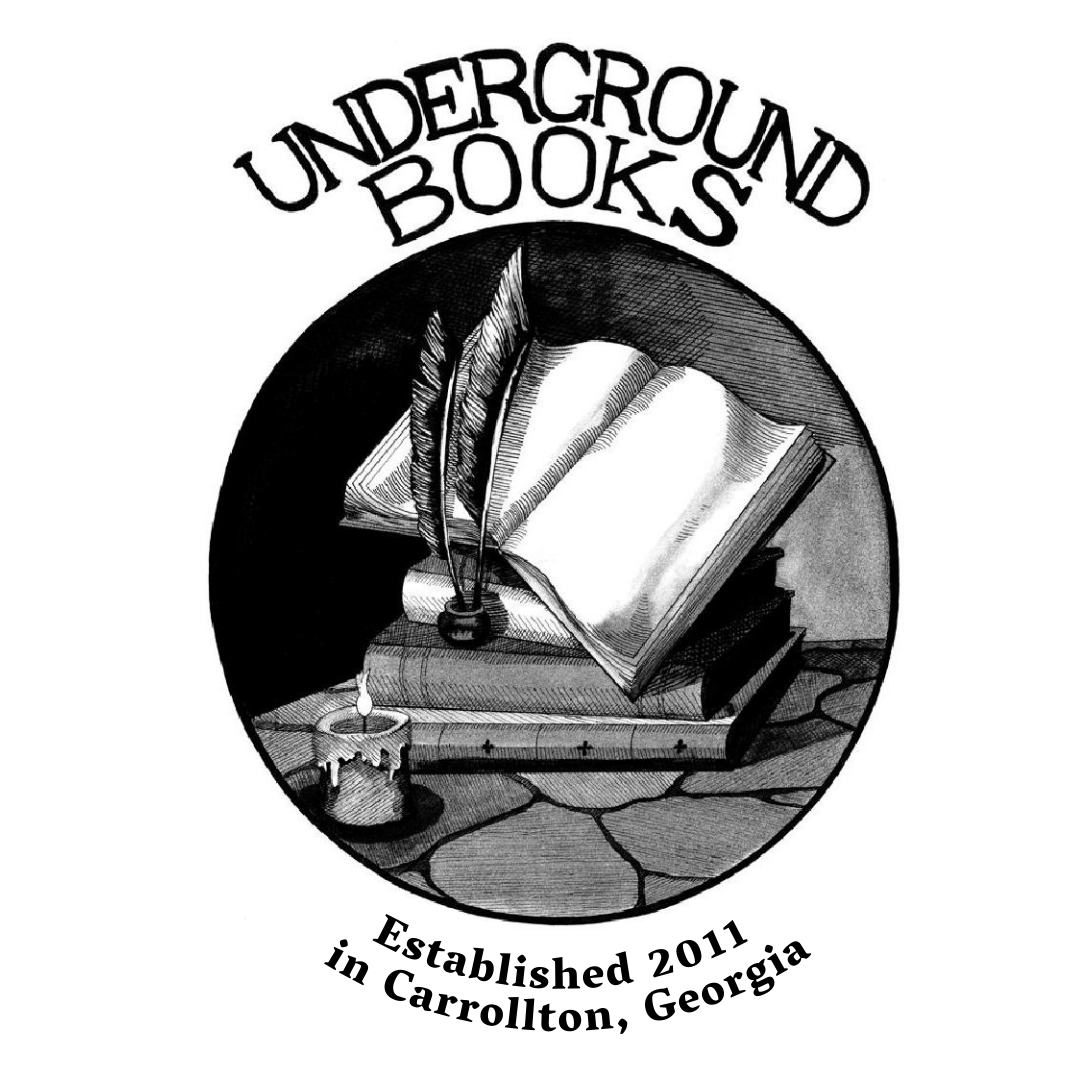signed Hardcover
1945 · New York
by Sitte, Camillo; Stewart, Charles T. (Trans.)
New York: Reinhold Publishing Corporation, 1945. Hardcover. Good/Poor. Hardcover. Signed and inscribed to previous owner by the translator, Charles T. Stewart, the former Director of The Urban Land Institute, in ink at front free endpaper. 9 1/4" X 8 1/2". xi, 128pp. Heavy wear to unclipped dust jacket with rubbing, chipping, creasing, toning, and tears to covers, corners, and edges. Top half of rear cover of jacket is completely missing, as is paper at tail of spine of jacket. Taped tears to front cover of jacket. Fragile jacket is wrapped in protective archival sleeve. Gentle rubbing and bumps to corners and edges of red cloth over boards. Dust-spotting to edges of text block. Foxing and toning to endpapers. Slight musty smell to unmarked pages. Hinges feel a touch tender, however, binding remains sound. An overall solid copy in a well-worn dust jacket of this important work on urban planning that has been signed by the translator.
ABOUT THIS BOOK:
Camillo Sitte (1843-1903) was a noted Austrian architect, painter and theoretician who exercised great influence on the development of urban planning in Europe and the United States. The publication at Vienna in May 1889 of "Der Stadtebau nach seinen künstlerischen Grundsatzen" ("The Art of Building Cities") began a new era in Germanic city planning. Sitte strongly criticized the current emphasis on broad, straight boulevards, public squares arranged primarily for the convenience of traffic, and efforts to strip major public or religious landmarks of adjoining smaller structures regarded as encumbering such monuments of the past. Sitte proposed instead to follow what he believed to be the design objectives of those whose streets and buildings shaped medieval cities. He advocated curving or irregular street alignments to provide ever-changing vistas. He called for T-intersections to reduce the number of possible conflicts among streams of moving traffic. He pointed out the advantages of what came to be know as "turbine squares"--civic spaces served by streets entering in such a way as to resemble a pin-wheel in plan. His teachings became widely accepted in Austria, Germany, and Scandinavia, and in less than a decade his style of urban design came to be accepted as the norm in those countries.(Publisher). (Inventory #: 16145)
ABOUT THIS BOOK:
Camillo Sitte (1843-1903) was a noted Austrian architect, painter and theoretician who exercised great influence on the development of urban planning in Europe and the United States. The publication at Vienna in May 1889 of "Der Stadtebau nach seinen künstlerischen Grundsatzen" ("The Art of Building Cities") began a new era in Germanic city planning. Sitte strongly criticized the current emphasis on broad, straight boulevards, public squares arranged primarily for the convenience of traffic, and efforts to strip major public or religious landmarks of adjoining smaller structures regarded as encumbering such monuments of the past. Sitte proposed instead to follow what he believed to be the design objectives of those whose streets and buildings shaped medieval cities. He advocated curving or irregular street alignments to provide ever-changing vistas. He called for T-intersections to reduce the number of possible conflicts among streams of moving traffic. He pointed out the advantages of what came to be know as "turbine squares"--civic spaces served by streets entering in such a way as to resemble a pin-wheel in plan. His teachings became widely accepted in Austria, Germany, and Scandinavia, and in less than a decade his style of urban design came to be accepted as the norm in those countries.(Publisher). (Inventory #: 16145)











